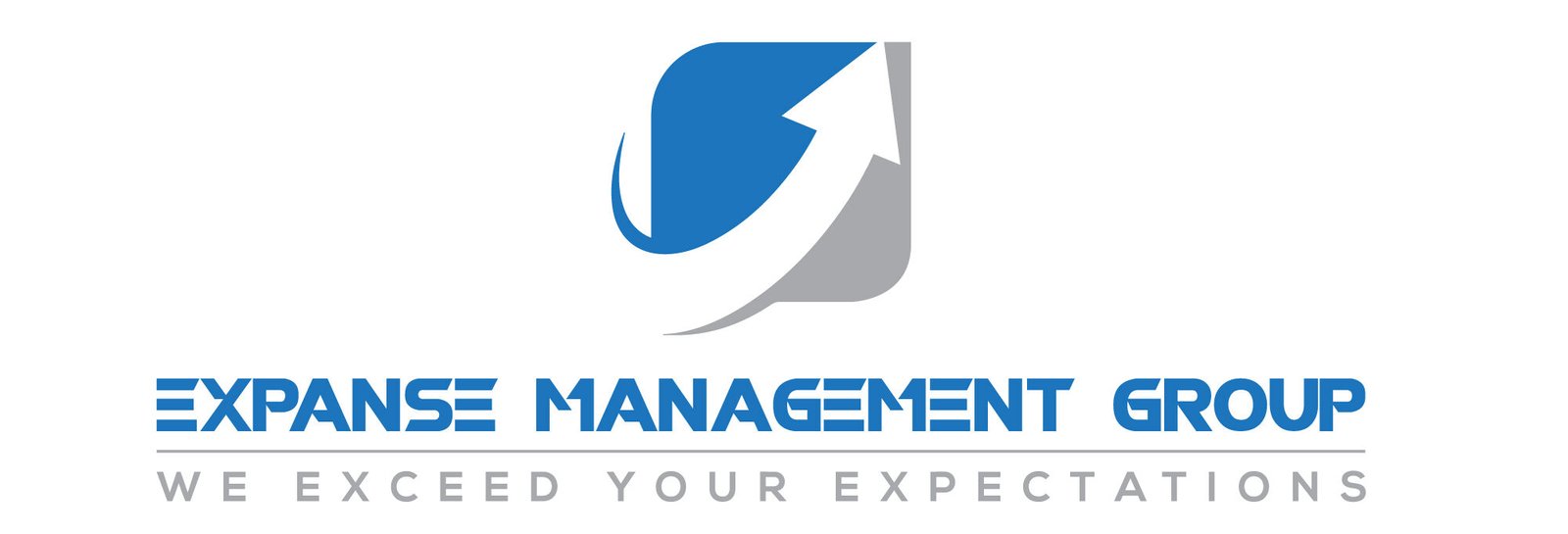Are you maximizing the potential of social media for healthcare marketing?
If you’re a healthcare provider looking to expand your reach and connect with more patients, utilizing social media for marketing purposes can be a game-changer. Social media platforms like Facebook, Instagram, Twitter, and LinkedIn offer a unique opportunity to engage with your audience, share valuable information, and promote your services. In this article, we will explore the benefits of using social media for healthcare marketing and provide you with practical tips to get started.
This image is property of images.unsplash.com.
How can social media benefit healthcare providers?
Social media can benefit healthcare providers in numerous ways. It allows you to reach a wider audience, engage with patients in real-time, build brand awareness, and establish your expertise in the industry. By creating a strong online presence, you can attract new patients, retain existing ones, and foster a sense of community among your followers. Additionally, social media provides a platform for educating patients about health-related topics, promoting preventive care, and sharing updates about your practice.
What are the best social media platforms for healthcare marketing?
When it comes to healthcare marketing, not all social media platforms are created equal. Depending on your target audience and marketing goals, certain platforms may be more effective than others. Here are some of the best social media platforms for healthcare providers:
| Social Media Platform | Target Audience | Best Practices |
|---|---|---|
| General public | Share informative articles, patient testimonials, and behind-the-scenes photos/videos. Engage with followers through comments and messages. | |
| Millennials and younger demographics | Post visually appealing content, such as photos and videos. Use Instagram Stories and Reels to showcase your practice and services. Collaborate with influencers or micro-influencers in the healthcare industry. | |
| Professionals and news enthusiasts | Share quick updates, industry news, and healthcare tips. Use hashtags to increase visibility and engage in conversations with other healthcare professionals. | |
| Healthcare professionals and B2B connections | Share thought leadership content, such as articles and whitepapers. Connect with other healthcare professionals and participate in relevant groups and discussions. |
How to create a successful social media marketing strategy
To make the most of social media for healthcare marketing, it’s essential to have a well-thought-out strategy in place. Here are some key steps to help you create a successful social media marketing strategy:
-
Define your goals: Before diving into social media marketing, clarify your objectives and what you hope to achieve. Whether it’s increasing brand awareness, driving website traffic, boosting patient referrals, or enhancing patient engagement, having clear goals will guide your strategy.
-
Identify your target audience: Understand who your target audience is, what platforms they use, and what type of content they engage with. Tailor your social media strategy to resonate with your specific audience and address their needs and interests.
-
Create engaging content: Develop a content calendar that includes a mix of educational, promotional, and interactive content. Post regularly and consistently to stay top-of-mind with your followers. Use a variety of formats, such as videos, infographics, blog posts, and polls, to keep your feed diverse and engaging.
-
Engage with your audience: Social media is a two-way street. Respond to comments and messages promptly, engage with user-generated content, and participate in relevant conversations. Building relationships with your followers will strengthen trust and loyalty.
-
Monitor and analyze performance: Use social media analytics tools to track the performance of your posts, monitor engagement metrics, and adjust your strategy accordingly. Pay attention to what resonates with your audience and make data-driven decisions to optimize your content.
Leveraging social media for patient education
One of the key benefits of utilizing social media for healthcare marketing is the opportunity to educate patients on various health topics. By sharing informative and relevant content, healthcare providers can empower patients to make informed decisions about their health and well-being. Here are some ways to leverage social media for patient education:
-
Share preventive care tips: Post educational content on preventive care, wellness strategies, healthy lifestyle choices, and disease management. Encourage followers to prioritize their health and take proactive steps to prevent illnesses.
-
Address FAQs: Use social media to address frequently asked questions from patients, such as appointment scheduling, insurance coverage, treatment options, and post-care instructions. Providing clear and concise answers will help alleviate patient concerns and build trust.
-
Promote health awareness campaigns: Raise awareness about important health issues, national health observances, and community initiatives. Share resources, links to reputable sources, and testimonials from patients who have benefited from your services.
-
Highlight patient stories: Showcase patient testimonials, success stories, and before-and-after transformations to demonstrate the positive impact of your healthcare services. Personal stories humanize your practice and resonate with prospective patients.

This image is property of images.unsplash.com.
Building a strong brand presence on social media
In today’s digital age, having a strong brand presence on social media is essential for healthcare providers to differentiate themselves in a competitive market. Your brand identity should be consistent, recognizable, and aligned with your practice values. Here are some tips for building a strong brand presence on social media:
-
Develop a brand voice and tone: Establish a unique brand voice that reflects your practice’s personality, values, and mission. Whether it’s friendly and approachable or professional and informative, your brand voice should resonate with your target audience.
-
Create a visual identity: Use consistent branding elements, such as colors, fonts, logos, and imagery, across all your social media profiles. Design visually appealing graphics and templates that reflect your brand aesthetic and make your content stand out.
-
Tell your story: Share your practice’s origin story, values, team members, and community involvement. Humanizing your brand and sharing behind-the-scenes glimpses will foster a deeper connection with your followers and build trust.
-
Engage with followers: Encourage interaction and engagement with your followers by asking questions, running polls, hosting giveaways, and responding to comments. Building a community around your brand will strengthen brand loyalty and advocacy.
Overcoming challenges in social media marketing for healthcare providers
While social media offers numerous benefits for healthcare providers, it also comes with its own set of challenges and considerations. From addressing privacy concerns to staying compliant with healthcare regulations, navigating the digital landscape can be daunting. Here are some common challenges in social media marketing for healthcare providers and how to overcome them:
-
HIPAA compliance: Healthcare providers must adhere to strict patient privacy regulations outlined in the Health Insurance Portability and Accountability Act (HIPAA). When posting patient-related content on social media, ensure that patient identities are protected, consent is obtained, and confidentiality is maintained.
-
Negative feedback: Dealing with negative comments, reviews, or feedback on social media can be challenging. Respond professionally, address concerns promptly, and offer solutions or avenues for resolving issues offline. Transparency and empathy can go a long way in mitigating negative feedback.
-
Managing multiple platforms: Juggling multiple social media platforms can be overwhelming, especially for small practices with limited resources. Focus on the platforms that align with your goals and target audience, and prioritize quality over quantity in your content strategy.
-
Measuring ROI: It can be challenging to measure the return on investment (ROI) of social media marketing efforts, especially in terms of patient acquisition and retention. Use tracking tools, analytics, and performance metrics to assess the impact of your social media initiatives and adjust your strategy accordingly.

This image is property of images.unsplash.com.
Conclusion
In conclusion, social media is a powerful tool for healthcare providers to enhance their marketing efforts, engage with patients, and build a strong brand presence. By leveraging social media platforms effectively, healthcare providers can reach a wider audience, educate patients, and establish themselves as trusted experts in the industry. To succeed in social media marketing, healthcare providers should define their goals, create engaging content, engage with their audience, and monitor performance. By overcoming challenges and embracing opportunities, healthcare providers can harness the full potential of social media for marketing success. Utilize the tips and strategies outlined in this article to take your healthcare marketing to the next level and make a meaningful impact in the digital landscape.


